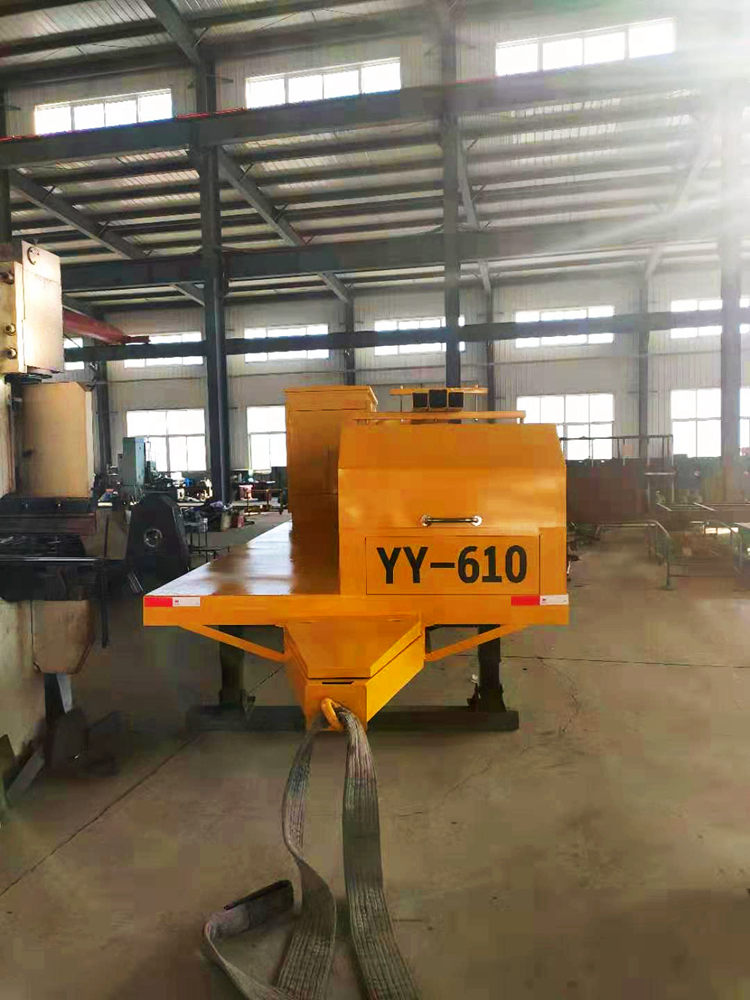
Understanding Construction Machines The Backbone of Modern Infrastructure
Construction machines are the vital tools that enable the construction industry to operate efficiently, transforming raw materials into the buildings, roads, and infrastructures we use daily. From towering skyscrapers to simple homes, these machines play a critical role in shaping our environment.
One of the most essential types of construction machinery is the excavator, known for its versatility and power. Equipped with a large bucket and articulated arm, excavators can dig trenches, lift heavy materials, and even demolish structures. Their ability to maneuver in tight spaces makes them indispensable on construction sites, where precision is often required.
Another key player in construction is the bulldozer. Recognized by its wide blades at the front, a bulldozer is primarily used for moving large quantities of earth, leveling land, and grading surfaces. The strength and robustness of bulldozers allow them to perform heavy-duty tasks, making them suited for both residential and commercial projects. Their capability to work in various terrains, from soft soil to rocky landscapes, further highlights their importance in construction.

Crane technology has revolutionized the way we build. Cranes are critical for lifting and repositioning heavy materials at great heights, making complex construction projects possible. Tower cranes, often seen at skyscraper sites, can hoist materials high into the air, while mobile cranes provide flexibility and mobility, allowing workers to perform tasks at different locations on a site. The use of cranes accelerates construction processes and ensures safety when handling cumbersome items.
Concrete mixers also play a fundamental role in construction, providing a vital service in creating concrete—the backbone of most infrastructures. With the ability to mix large quantities of concrete quickly and efficiently, these machines improve the quality and consistency of the materials used, ensuring that structures are built to last. Whether stationary or truck-mounted, concrete mixers are essential for both large-scale developments and smaller construction projects.
As the construction industry continues to evolve, so does technology. Recent advancements in automation and robotics have begun to influence how construction machines operate. Remote-controlled excavators and drones for site surveying help increase safety and efficiency. Additionally, eco-friendly machines designed to reduce emissions and minimize environmental impacts are gaining popularity. As sustainability becomes more critical in construction practices, these innovative machines represent the future of the industry.
In conclusion, construction machines are more than just tools; they are the driving force behind modern infrastructure development. From earthmoving and lifting heavy materials to mixing concrete, each machine serves a unique purpose that contributes to the efficiency and effectiveness of construction processes. As technology continues to evolve, the construction industry will likely see even more advanced machines that not only enhance productivity but also promote sustainable practices. Understanding the importance of these machines is essential for anyone involved in construction, from engineers to architects to project managers, as they pave the way for our cities and communities to thrive.